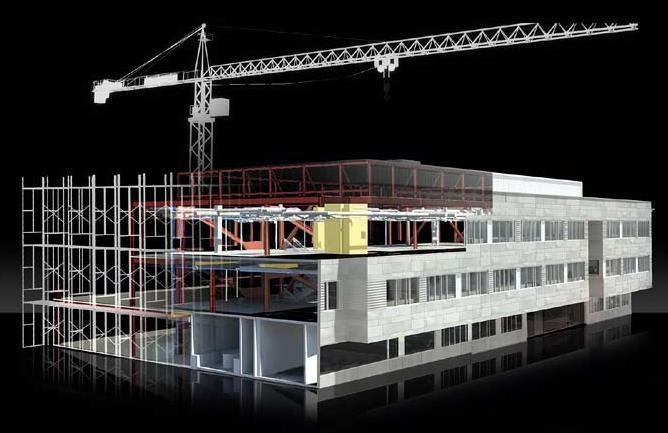BIM isn’t Just for Buildings. What it means for Public Sector Highway Design

Despite its name, the many benefits of building information modeling (BIM) are no longer restricted to the architecture and building industry. BIM is quickly establishing a foothold with civil engineers, public sector transportation, and infrastructure officials as a tool to deliver design projects faster and smarter thanks to technology like AutoCAD® Civil 3D® and Autodesk® Infrastructure Design Suite (a comprehensive software solution for planning, designing, building, and managing civil and utility infrastructure – also known as the ultimate “BIM for Infrastructure” solution).
“While it has its roots in architecture, the principles of BIM apply to everything that is built, including roads and highways,” writes Adam Strafaci, Industry Marketing Manager, for Autodesk’s Infrastructure Division in a 2008 white paper published by CE News: “What does BIM mean for civil engineers?”.
“To understand how BIM applies to civil engineering, and to road and highway design projects specifically, it is helpful to first take a look at the legacy 2D drafting-centric design process. This process, which can best be described as “siloed,” starts with preliminary design, moves to detailed design, and then on to construction documentation. Each step is com¬pleted before the next one begins, and collaboration is very limited. This process works well until the inevitable design change needs to be made, at which point time-consuming and error-prone manual drafting updates are required. As such, this process has inherent practical limitations,” explains Strafaci.
“Contrast this legacy approach with one that is becoming a standard across the AEC industry — BIM. Implementing a BIM process for road and highway design starts with creation of coordinated, reliable design information about the project. This results in an intelligent 3D model of the road¬way in which elements of the design are related to each other dynamically — not just points, surfaces, and alignments, but a rich set of information and the attributes associated with it,” Strafaci continues.
In summary:
- BIM facilitates the evaluation of design alternatives
- The information model can be used to conduct simulation and analysis to optimize the design for objectives such as constructability, sustainability, and road safety
- With a BIM process, design deliverables can be created directly from the information model. These include not only 2D construction documentation, but also the model itself and the rich information it contains. This can be leveraged for quantity take off, construction sequencing, as-built comparisons, and operations and maintenance
How State Departments of Transportation are using BIM
By embracing BIM technologies and processes, state government agencies, municipalities, and federal governments are planning, designing, building, and managing transportation infrastructure projects smarter, faster, and more affordably.
“Some of the largest states and construction firms in the United States have begun to adopt 3D modeling software such as AutoCAD Civil 3D software for engineering design…(and) have begun to explore some of the opportunities for greater efficiency, improved designs and better cost management that the use of 3D models provide,” explains Joe Hedrick, LS, EIT, manager of IMAGINiT Technologies’ Infrastructure Solutions team.
Learn More
Read more about some ways in which modeling software has transformed large transportation project design and development in this free ebook: BIM for Govies.
Written by Acronym’s editor, Caron Beesley, the ebook addresses many questions that government agencies have about BIM technologies and processes. It explains the basics of BIM, its uses, benefits and includes real life examples of successful public sector BIM implementations which your agency can draw on as you transition to BIM.
The ebook features contributions from IMAGINiT Technologies, The Ohio State University’s Wexner Medical Center, and New York City Department of Design and Construction.
















































